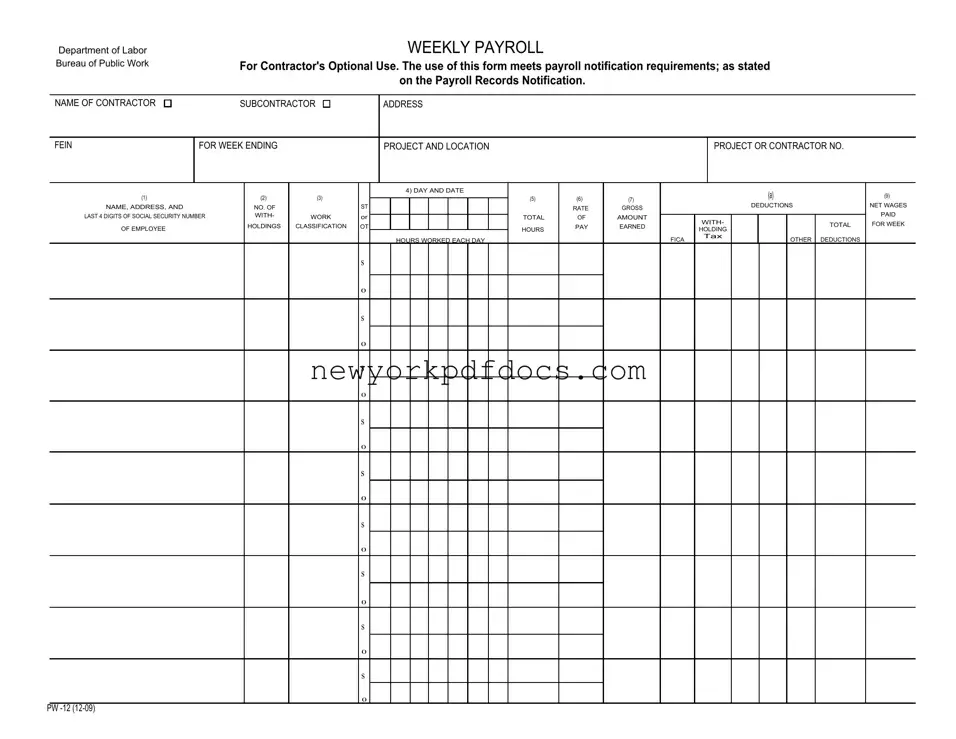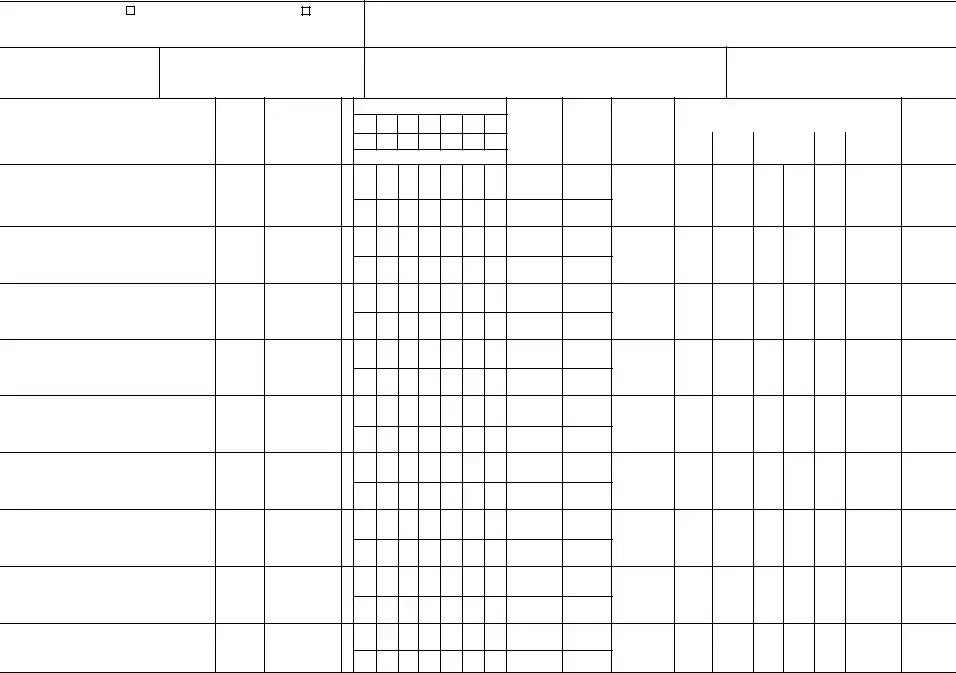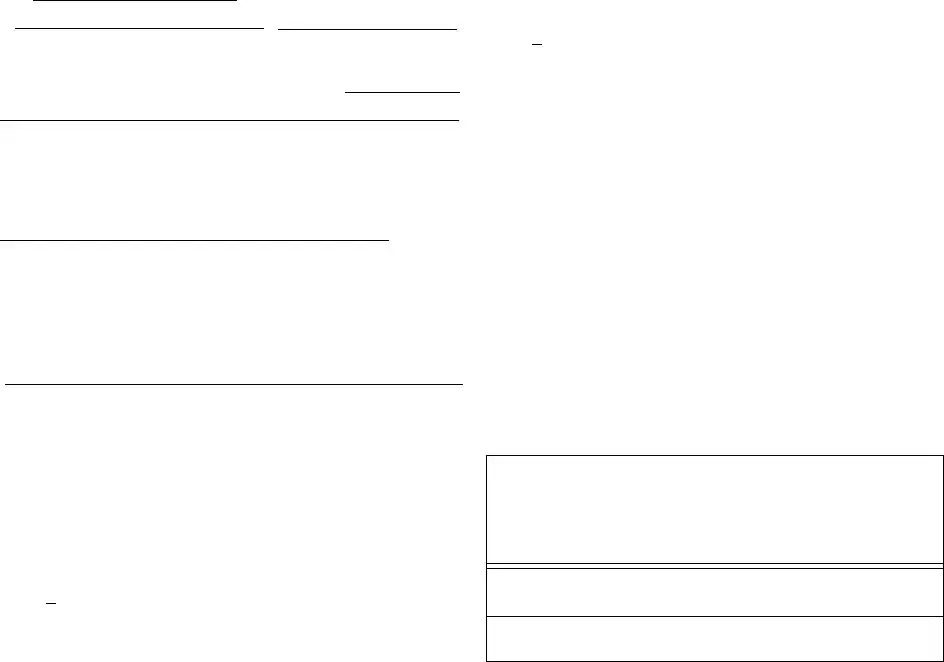Date
I
(Name of signatory party) |
(Title) |
do hereby state:
(1) That I pay or supervise the payment of the persons employed by
|
|
|
|
|
|
|
|
|
|
|
|
(Contractor or Subcontractor) |
|
|
|
|
|
|
|
, that during the payroll period commencing on the |
|
day of |
|
, 20 , and ending the |
|
day of |
|
|
20 |
all persons employed on said project have been paid the full weekly wages earned, that no rebates have been or will be made either directly or indirectly to or on behalf of said
from the full
(Contractor or Subcontractor)
weekly wages earned by any person and that no deductions have been made either directly or indirectly from the full wages earned by any person, other than permissible deductions as defined in Articles 8 and 9 and described below:
(2)That any payrolls submitted for the above period are correct and complete; that the wage rates for laborers, workers, or mechanics contained therein are not less than the applicable wage rates contained in any wage determination incorporated into the contract; that the classifications set forth therein for each laborer, worker or mechanic conform with the work he/she performed.
(3)That any apprentices employed in the above period are duly registered in a bona fide apprenticeship program registered with a State apprenticeship agency recognized by the Bureau of Apprenticeship and Training, United States Department of Labor, or if no such recognized agency exists in a State, are registered with the Bureau of Apprenticeship and Training, United States Department of Labor.
(4)That:
(a) WHERE FRINGE BENEFITS ARE PAID TO APPROVED PLANS, FUNDS, OR PROGRAMS

 - In addition to the basic hourly wage rates paid to each laborer, worker or mechanic listed in the above referenced payroll, payments of fringe benefits as listed in the contract have been or will be made to appropriate programs for the
- In addition to the basic hourly wage rates paid to each laborer, worker or mechanic listed in the above referenced payroll, payments of fringe benefits as listed in the contract have been or will be made to appropriate programs for the
benefit of such employees, except as noted in Section 4(c).
(b) WHERE FRINGE BENEFITS ARE PAID IN CASH

 - Each laborer, worker, or mechanic listed in the above-referenced payroll has been paid, as indicated on the payroll, an amount not less than the sum of the applicable basic hourly wage rate plus the amount of the required fringe benefits as listed in the contract, except as noted in Section 4(c) below.
- Each laborer, worker, or mechanic listed in the above-referenced payroll has been paid, as indicated on the payroll, an amount not less than the sum of the applicable basic hourly wage rate plus the amount of the required fringe benefits as listed in the contract, except as noted in Section 4(c) below.
(c) EXCEPTIONS
EXCEPTION (CRAFT) |
EXPLANATION |
|
|
|
|
|
|
|
|
|
|
|
|
|
|
REMARKS:
SIGNATURE
THE WILLFUL FALSIFICATION OF ANY Of THE ABOVE STATEMENTS MAY SUBJECT THE CONTRACTOR OR SUBCONTRACTOR
TO CIVIL OR CRIMINAL PROSECUTION. SEE ARTICLES 8 AND 9.




 - In addition to the basic hourly wage rates paid to each laborer, worker or mechanic listed in the above referenced payroll, payments of fringe benefits as listed in the contract have been or will be made to appropriate programs for the
- In addition to the basic hourly wage rates paid to each laborer, worker or mechanic listed in the above referenced payroll, payments of fringe benefits as listed in the contract have been or will be made to appropriate programs for the
 - Each laborer, worker, or mechanic listed in the
- Each laborer, worker, or mechanic listed in the